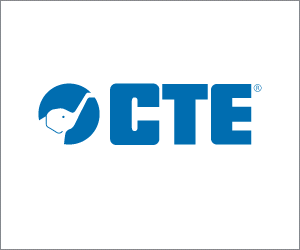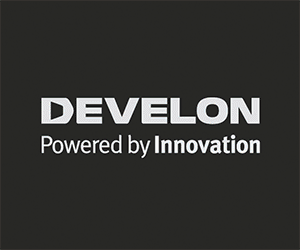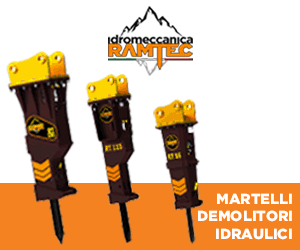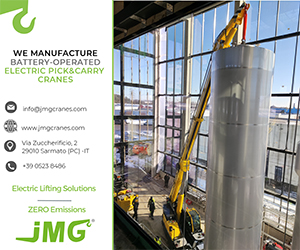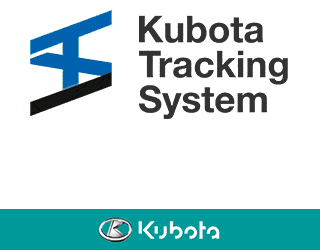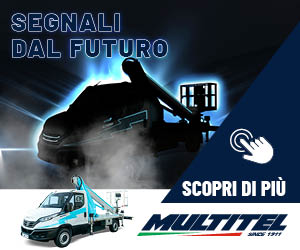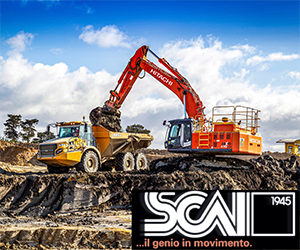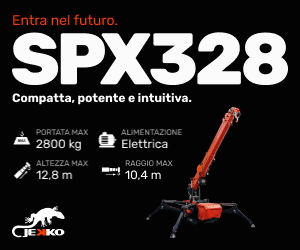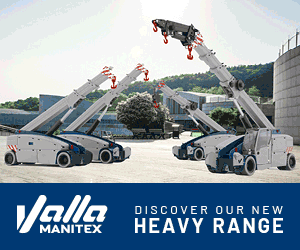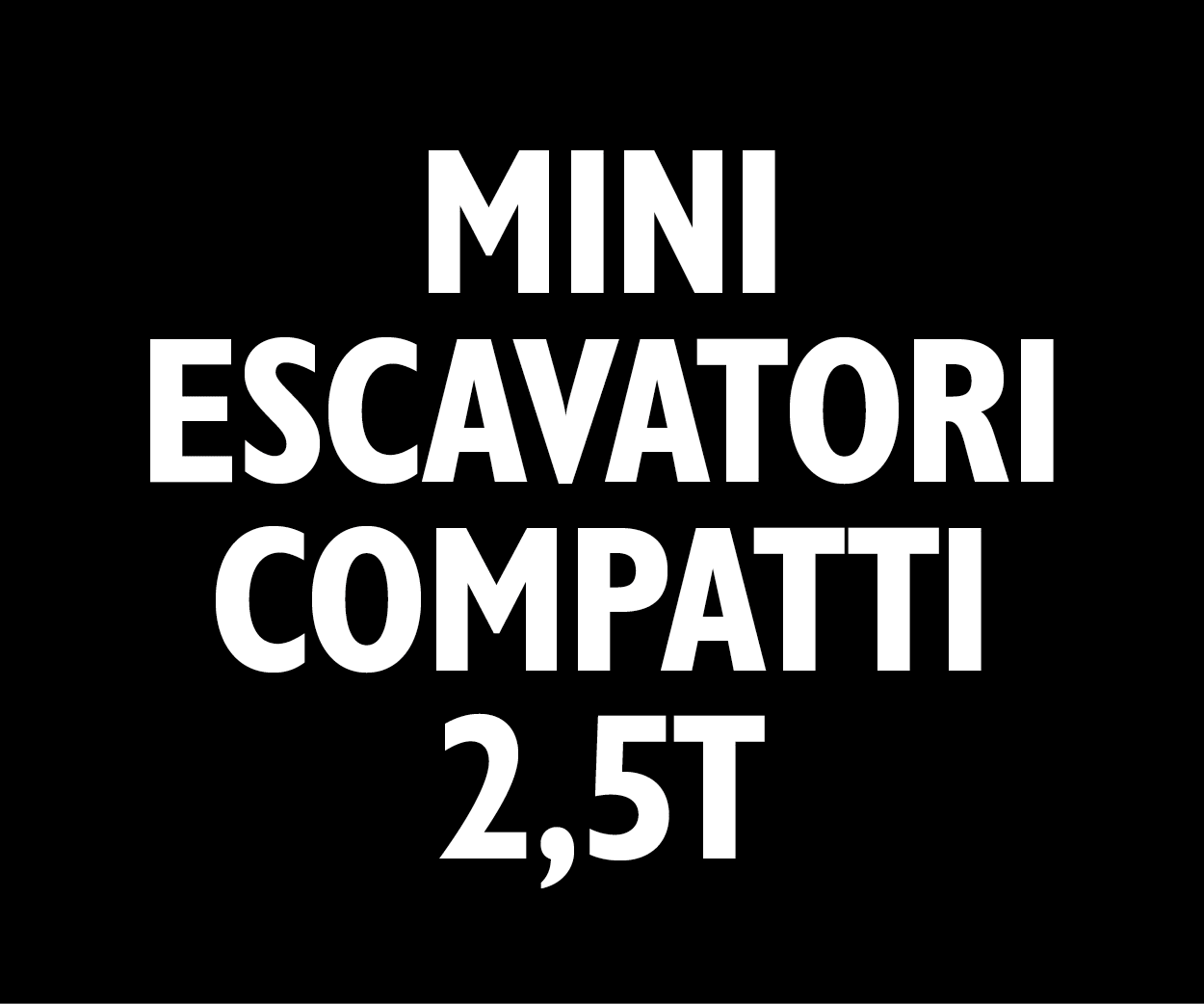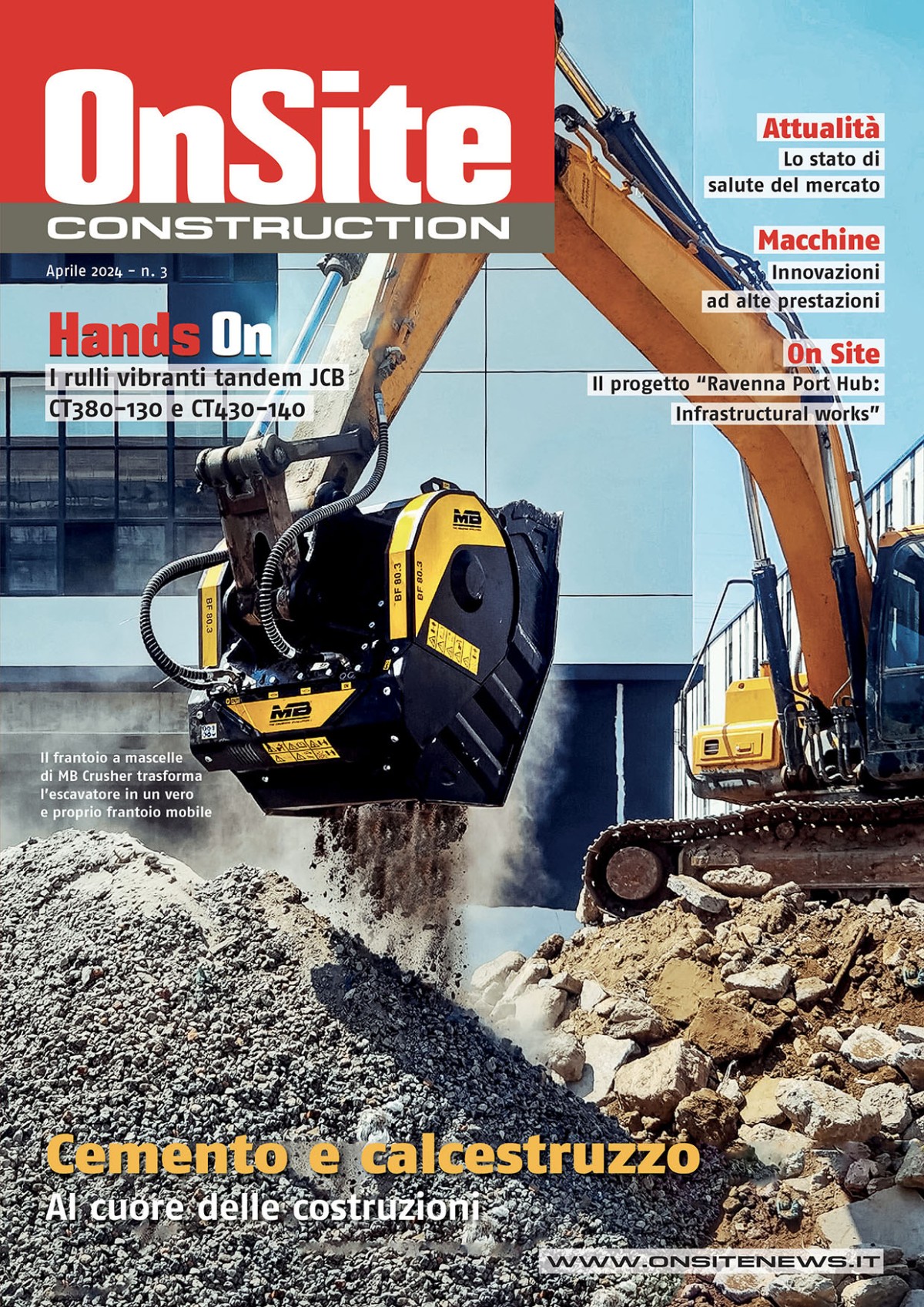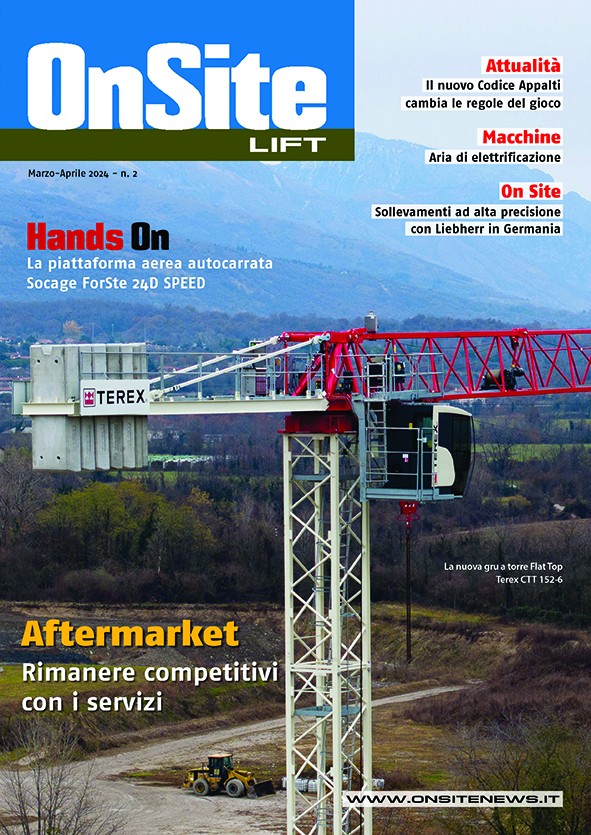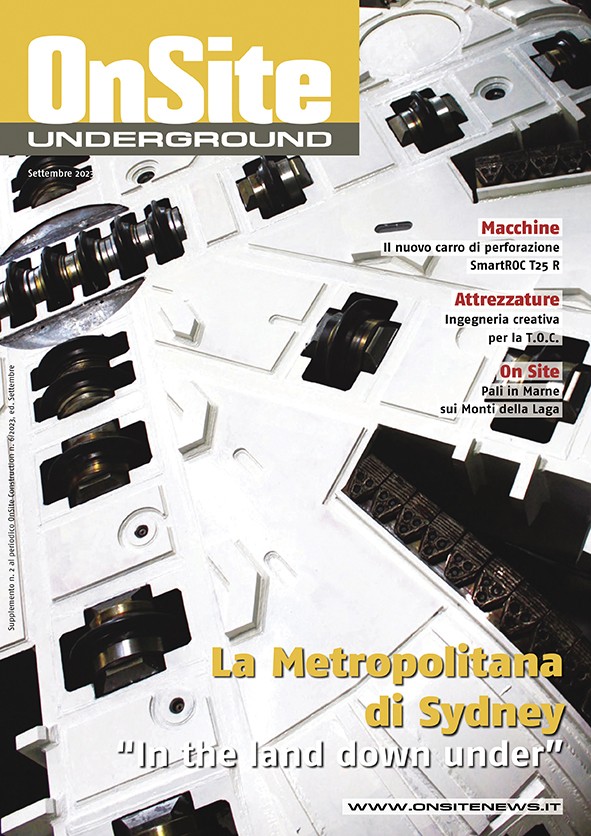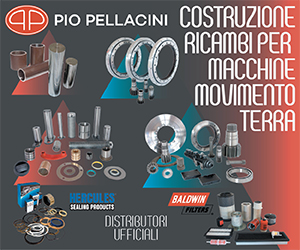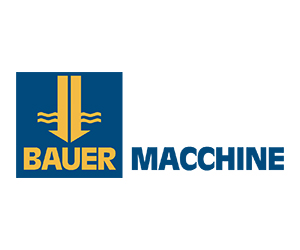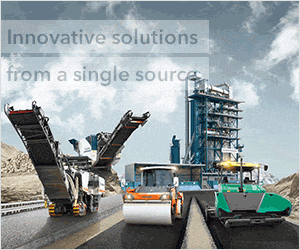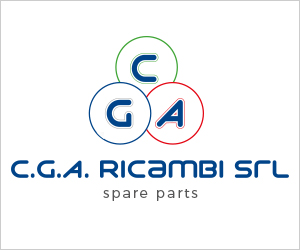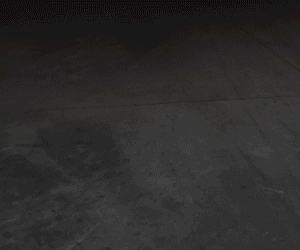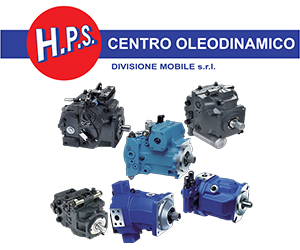Home \ International \ Perfectly Lassoed: CC 3800 crawler cranes remove rotor blades from Enercon E-126 wind turbine using tandem lifts
Perfectly Lassoed: CC 3800 crawler cranes remove rotor blades from Enercon E-126 wind turbine using tandem lifts
06/07/2019
Pubblicato da Redazione Redazione
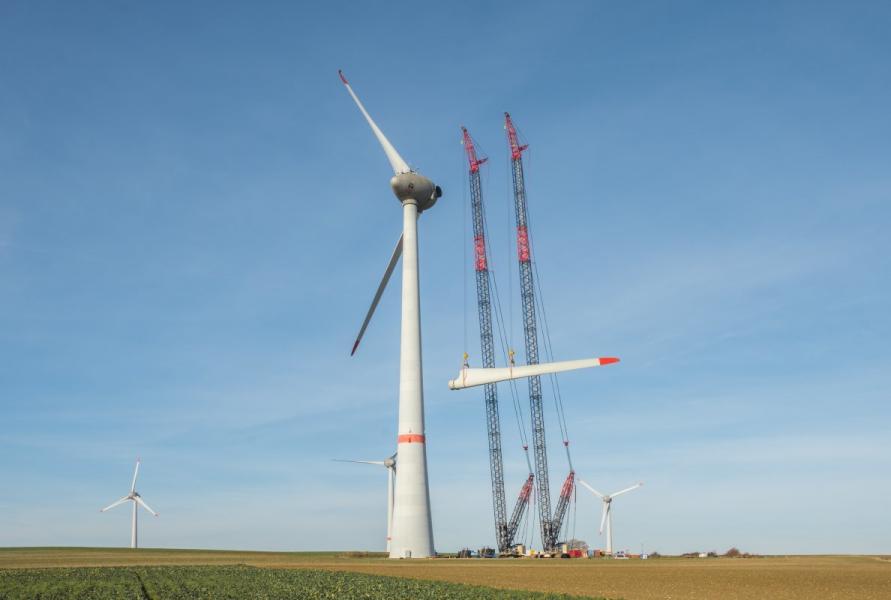
Belgian crane service provider Aertssen removed the 72-tonne, 58-meter-long rotor blades from an Enercon E-126 wind turbine
On behalf of Enercon, Belgian crane service provider Aertssen removed the 72-tonne, 58-meter-long rotor blades from an Enercon E-126 wind turbine at a height of approximately 136 meters for maintenance. However, what may sound like a routine job was actually a tricky challenge, and it was only the team’s extensive experience and two CC 3800 lattice boom crawler cranes that enabled them to successfully carry out the corresponding lifts.
“Before anything else, we had to decide which crane to use for the job,” reports Aertssen Project Manager Peter Bertels. After all, there were two options available: either a large crane that would be able to take care of the lifts by itself or two, more compact, cranes that would tackle the lift in tandem. Ultimately, the team decided on using its two CC 3800 cranes, as they were more cost-effective, would be powerful enough when used together, and had the required reliability and precision characteristics for the lifts. However, it was first necessary to make sure that the ground bearing capacities at the work site in Estinnes would be sufficient for the two crawler cranes, as they had originally been calculated back when the wind turbine had first been erected, for the use of a single crane only. Once the green light was given though, nothing else stood in the way of using the two CC 3800 units.
Set up and ready to lift in seven days
A total of 52 truck runs across a distance of approximately 130 kilometers were needed in order to get the two cranes from the Aertssen branch in Stabroek to the work site. Once there, a five-person Aertssen team set up the cranes within a week. The team started by setting up the first crane, which was placed a bit farther away from the wind turbine, on the corresponding access road, and then proceeded to set up the second one, which was closer to the tower. For the configuration, the team decided on the main boom variant with a 141-meter LSL and 12-meter LF4 arrangement with an offset of 20°. The Superlift mast had a length of 36 meters, and the crane was set up with 165 tonnes of counterweight and 50 tonnes of Superlift counterweight.
Once all these steps were completed, the two cranes and the Aertssen team were ready for the technically ambitious lifts: the 72-tonne rotor blades not only had to be taken from a height of 136 meters and safely lowered to the ground, but they also had to remain perfectly balanced while being lowered. To achieve this, the operator of the CC 3800 that was closer to the tower first guided a sling, which was hanging from a spreader beam with four-part reeving, around the tip of the rotor blade. The operator of the other crane then repeated this exact same procedure. When “lassoing” the rotor blades with the slings, the two crane operators depended on the instructions of Enercon employees who were also on-site for the job. “The reason is that even though we’d installed cameras on the spreader beams, our crane operators were operating remotely, and were therefore unable to determine whether the slings were at the right height. It was kind of like lassoing a tiny animal,” Peter Bertels explains.
Avoiding “things going awry” at all costs
Once the two slings had “lassoed” the rotor blade, the cranes swung them to the intended rigging points, at which point it was time for the tricky part of the job: First off, the cranes needed to rotate parallel to each other in order to get the rotor blade out of the rotor. Once this happened, crane 1 had a gross load of 46 tonnes on its hook, while crane 2 had a load of 36 tonnes. After this, the operators were able to set down the blade at a radius of approximately 22 meters. However, the blade had to be kept in a perfectly horizontal position at all times in order to prevent it from sliding off the slings, which is why digital spirit levels with wireless transmission capabilities were installed on the blades in advance to let the operators know, at all times, that the blades were level.
Needless to say, the Enercon employees kept an extremely close watch on this part of the job, as it was highly critical to its success. And as a result, they were tremendously impressed with the precision that both crane operators demonstrated while operating their CC 3800 cranes. In fact, it was only necessary to make two brief corrections throughout all three lifts, which totaled a distance of about 400 meters. Completing the lifts involved a relatively easier challenge: Crane 1 was able to finish each lift in its original position, but crane 2 had to move back under load in order to set each rotor blade down on the support that had already been put in place for it.
“This enabled us to complete all the lifts safely. And if the weather had decided to play nice, we would have been able to stay within the original schedule without a problem, but for two whole weeks, the wind was way too strong for us to safely carry out the lifts, so our stay at the work site went from four weeks to six,” reports Peter Bertels, who nevertheless was still extremely happy with how the project turned out: “We obviously had no way to change the weather, but deciding on the two CC 3800 cranes was absolutely the right choice – in fact, both their precision and their extremely responsive controls were what enabled us to literally have a handle on the situation at all times. In addition, the Enercon team supported us throughout the whole project. It was also thanks to this collaboration that the project was finalized successfully.”
One week later after the required maintenance was complete, the rotor blades were reinstalled on the wind turbine.
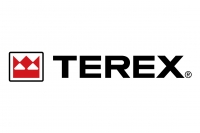
Ultime notizie di Terex Cranes - Gru Comedil
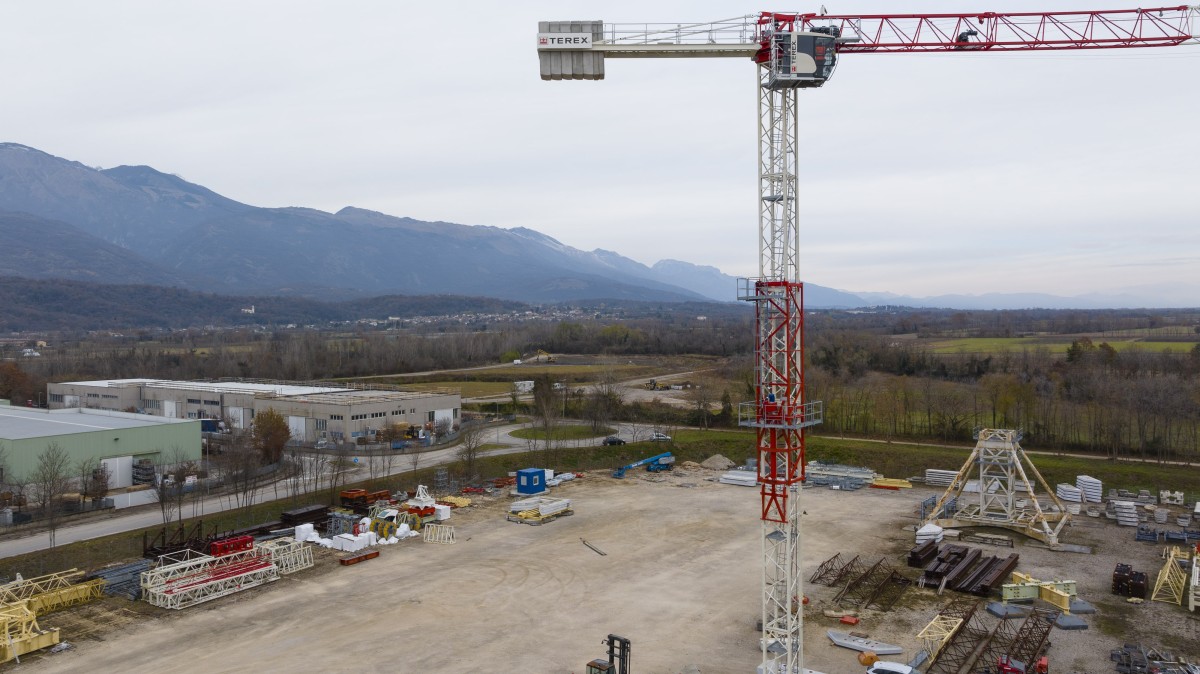
Lifting
26/03/2024
Introducing the CTT 152-6 Flat Top Tower Cran
Terex Tower Cranes has launched its CTT 152-6 Flat Top Crane...
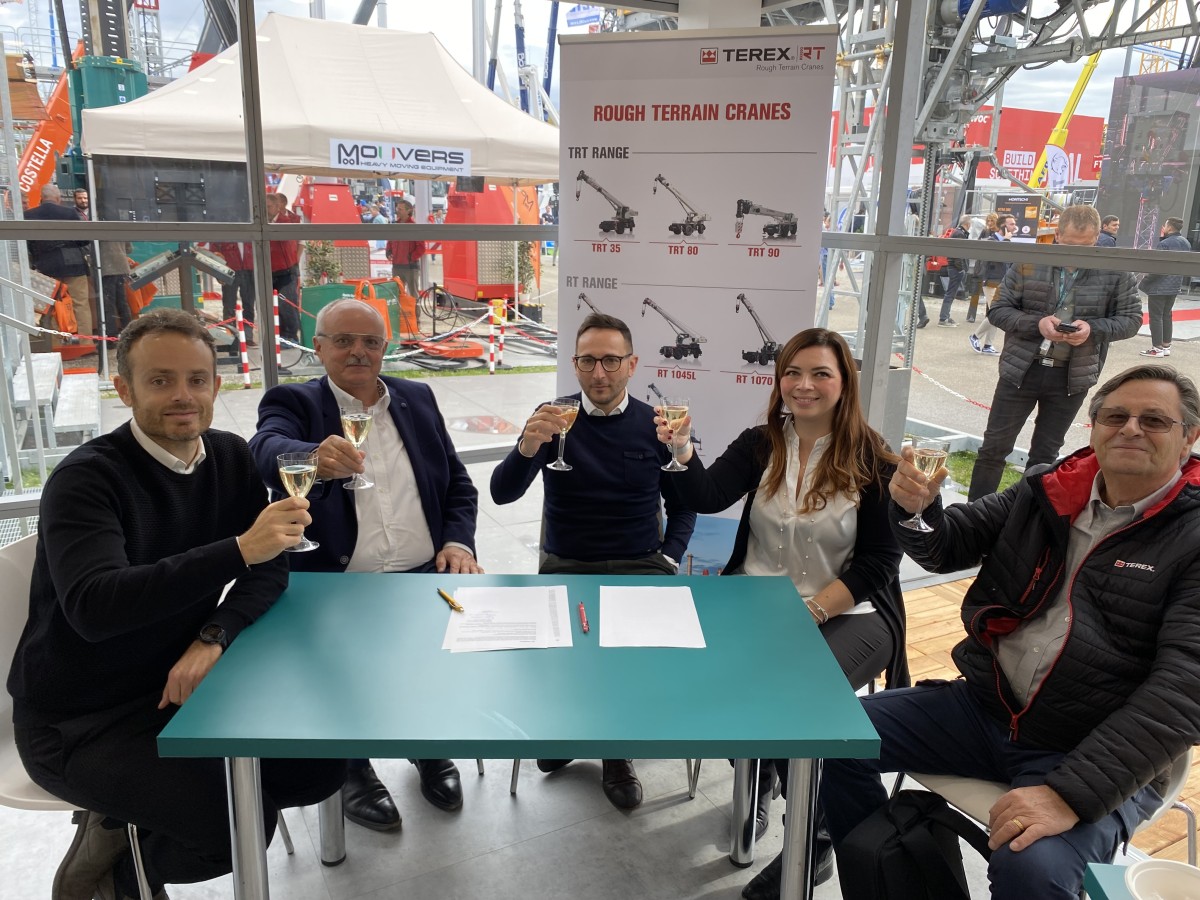
Lifting
04/01/2023
Tecno Gru Increased Fleet at Bauma 2022
Tecno Gru and Terex RT agreed on a new order for a further 3...
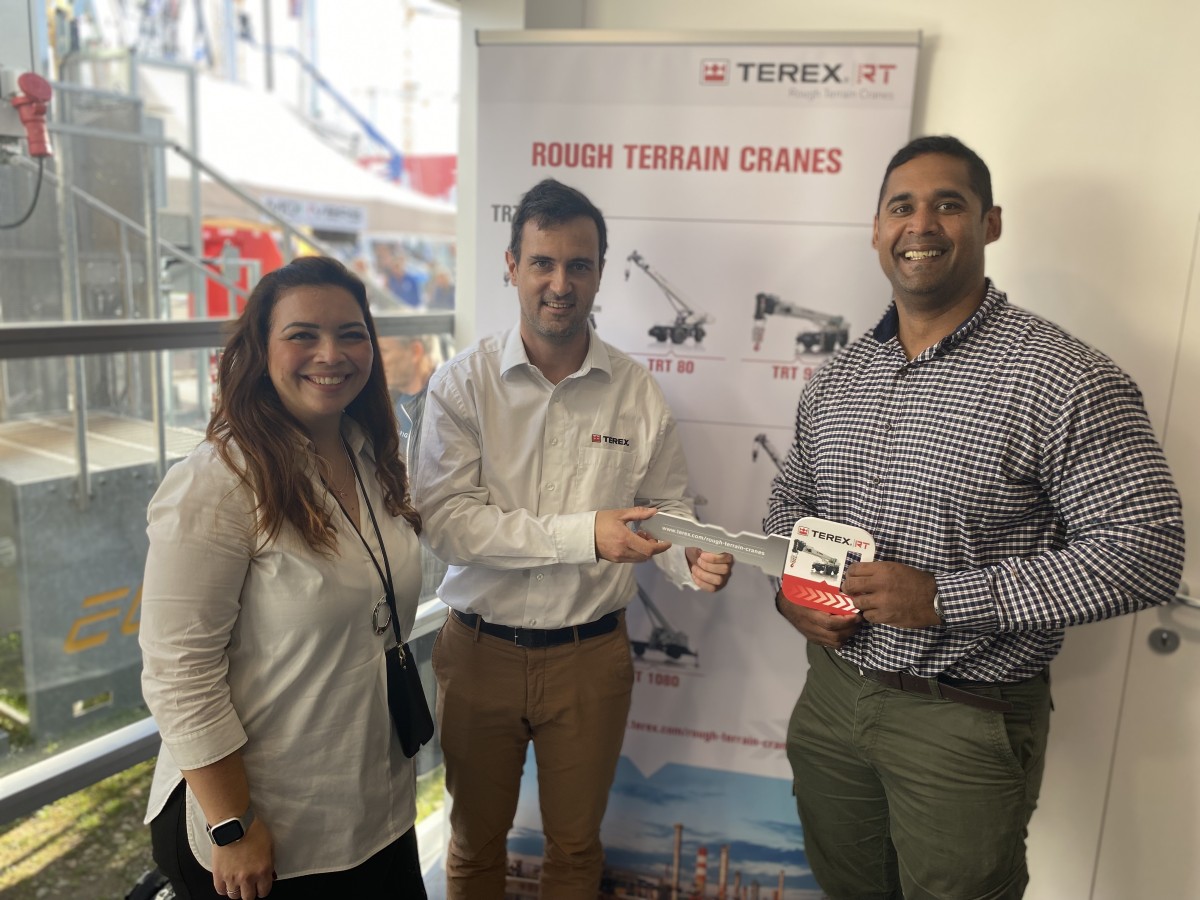
Lifting
23/11/2022
Terex: new partner and dealer in Africa
Terex Rough Terrain Cranes Announces New Official Partner an...
Lifting
14/10/2022
Terex Tower Cranes Unveil the New CTT 222-10 Flat Top Crane
The new CTT 222-10 is the newest in the line of city class f...
Lifting
22/06/2022
CTL140-10 and CTL260-18 Tower Cranes for GCC in Dubai
Fourteen Terex Luffing Jib Tower Cranes, as models CTL140-10...
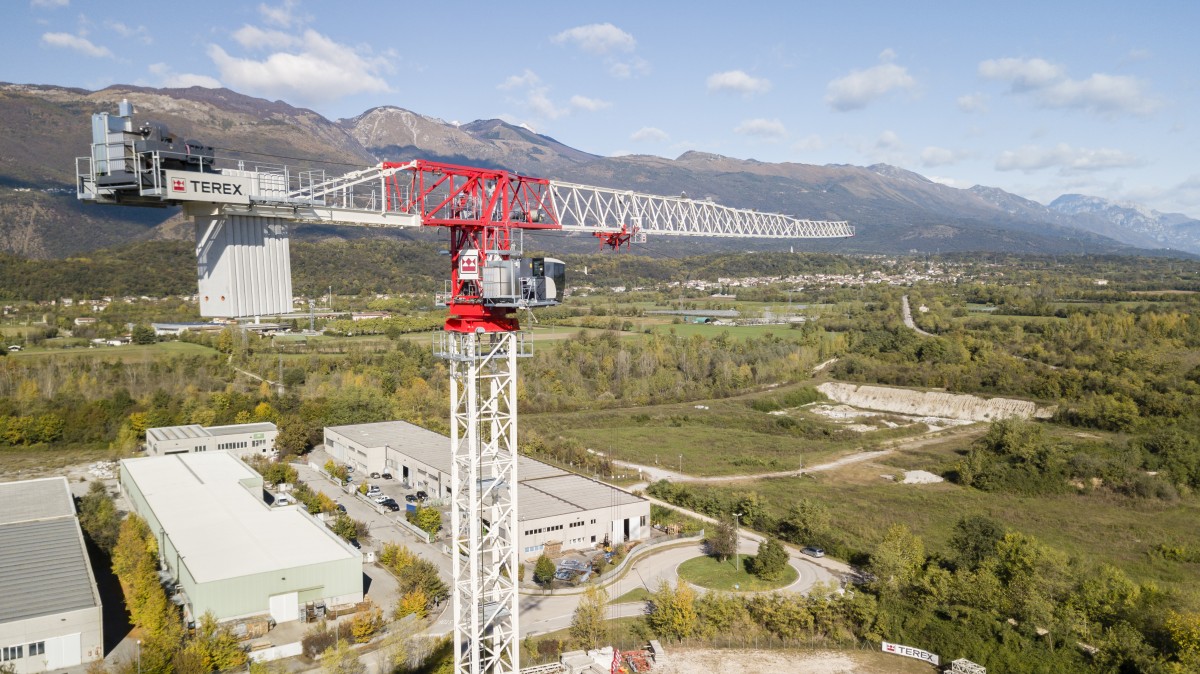
Lifting
08/06/2022
CTT 472-20 terex tower cranes for Select Plant Hire Ltd.
UK based Select Plant Hire Ltd. has placed their first ever...
Altri International
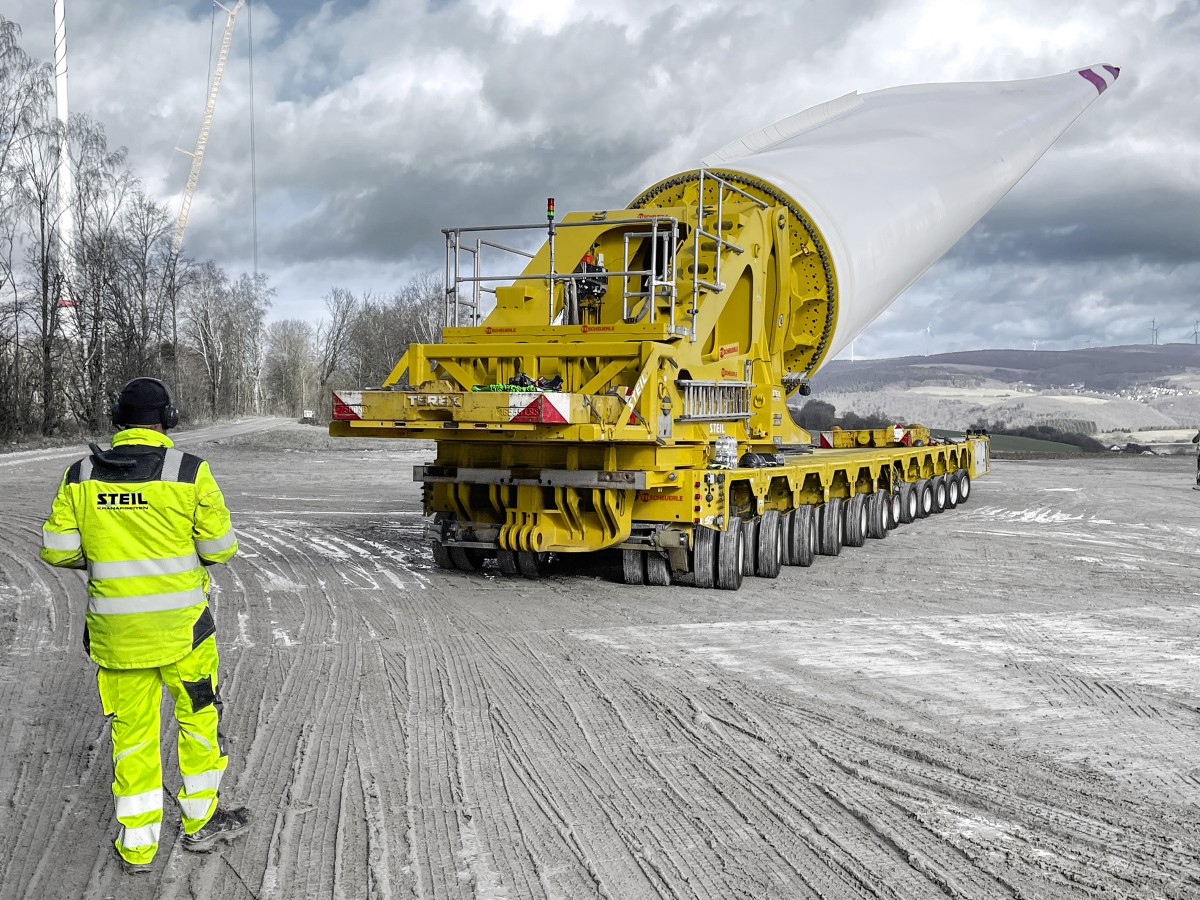
International
18/04/2024
BladeLifter from TII SCHEUERLE is the perfect choice for even the longest rotor blades
The fourth generation SCHEUERLE BladeLifter allows all fleet...
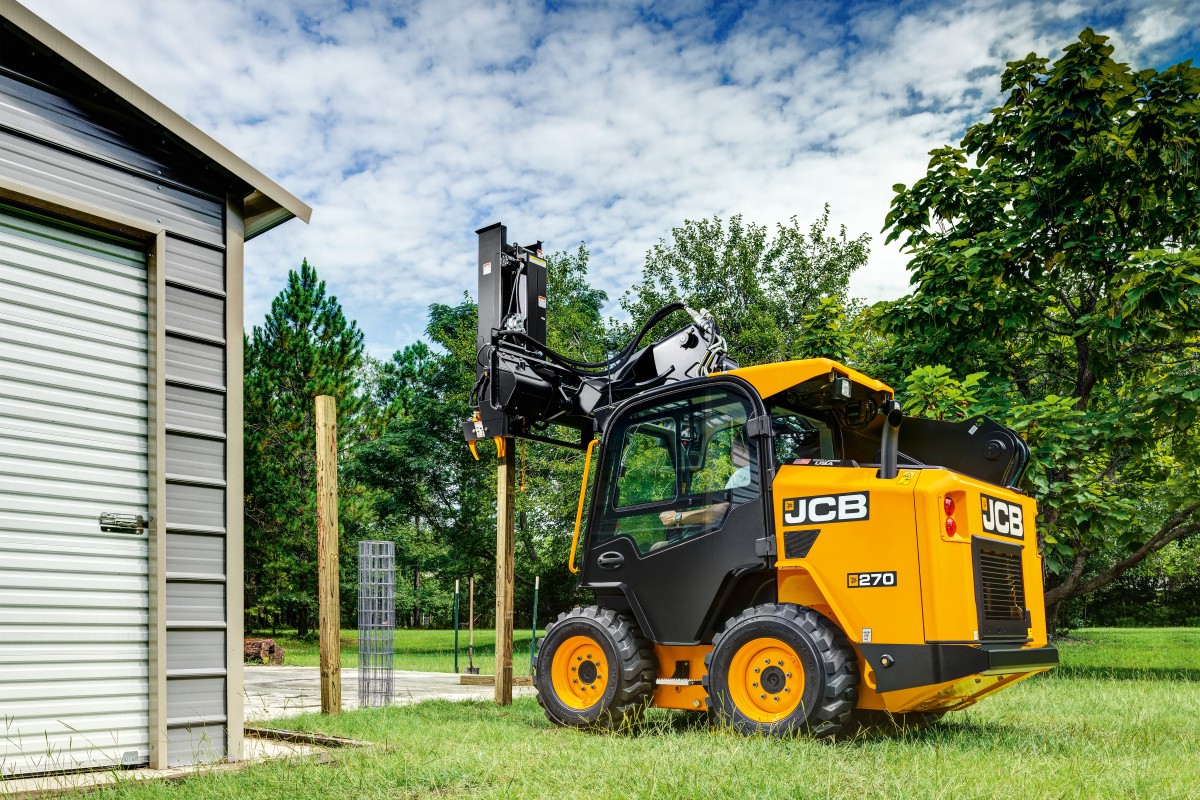
International
18/04/2024
JCB: Stage V Powertrain for large platform Skid Steer Loaders
JCB has launched EU Stage V compliant versions of its large...
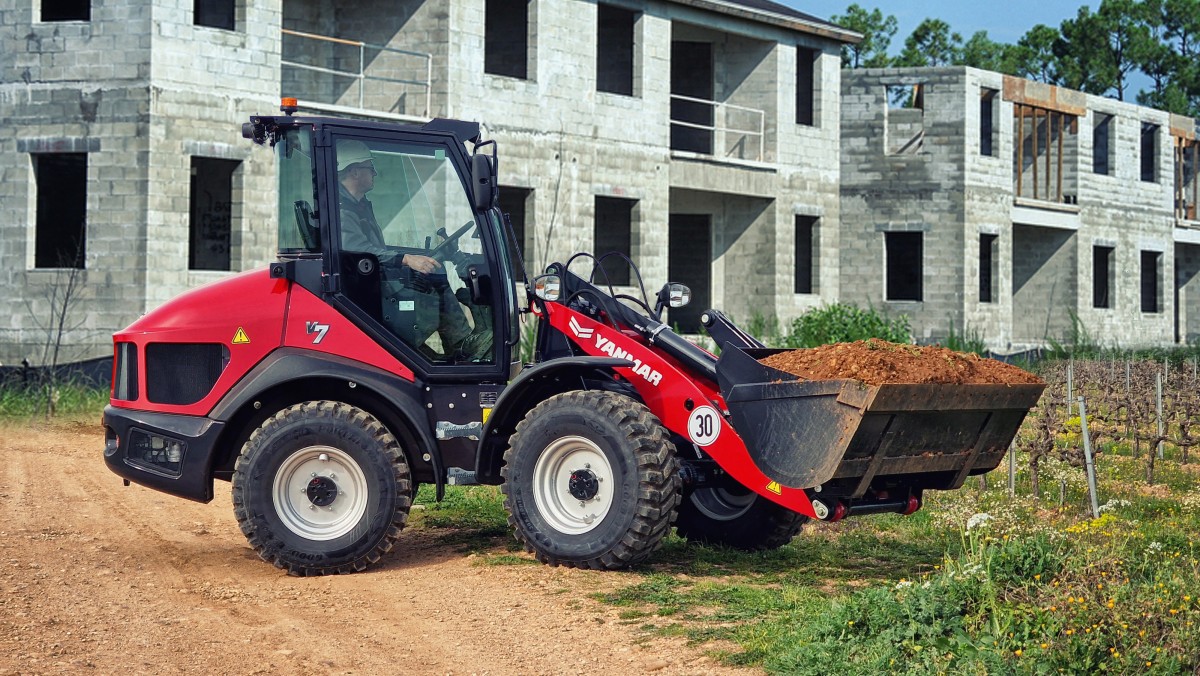
International
17/04/2024
Color change signals bold new era at Yanmar CE
Yanmar Compact Equipment is undergoing a shift in its approa...
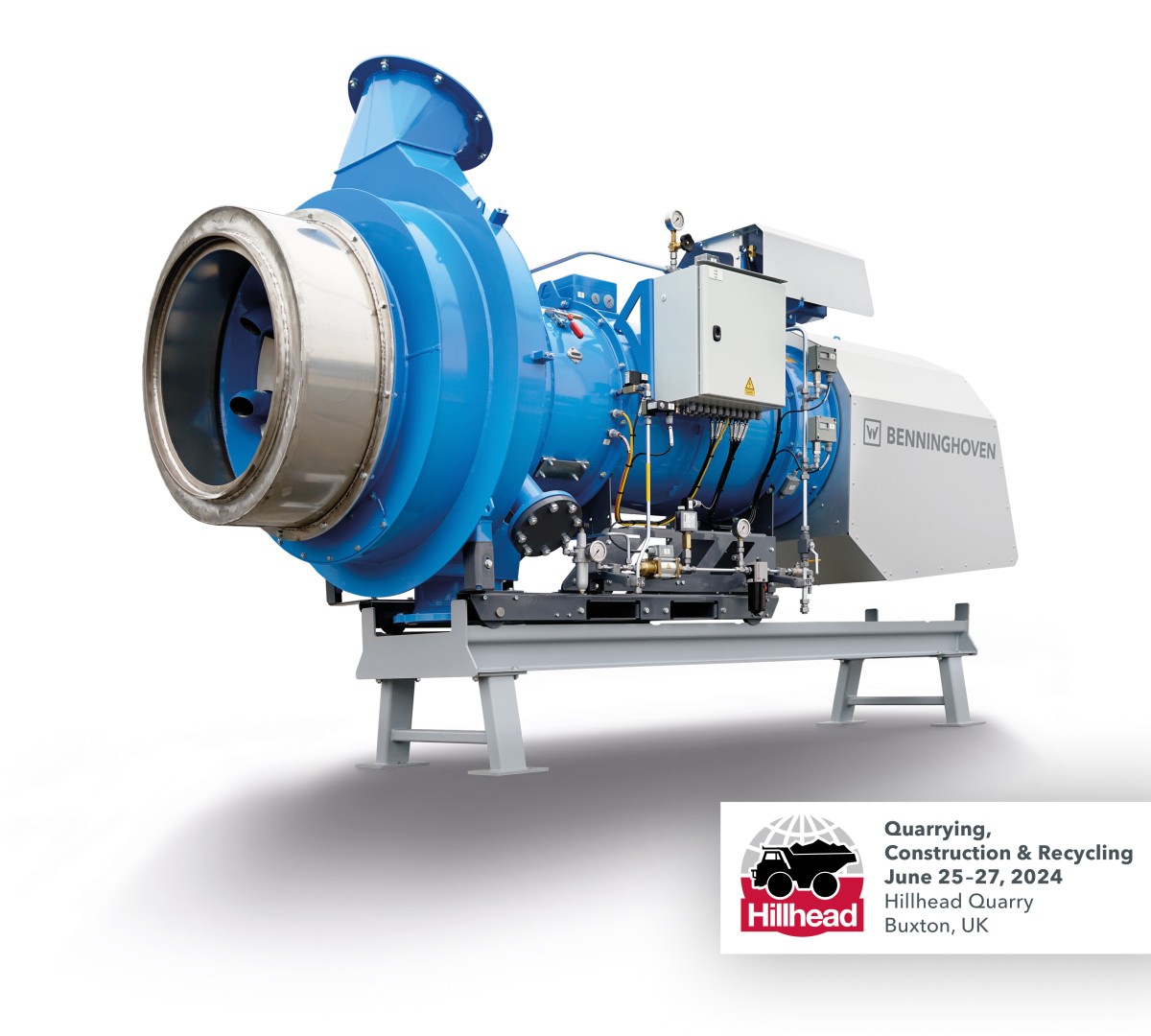
International
17/04/2024
Wirtgen Group presents numerous premières for the British market
Smarter. Safer. More Sustainable. This is the theme of the W...

International
16/04/2024
Used Equipment Marketplace: New portal for Liebherr used machines
– Digital marketplace with an extensive portfolio of used ma...
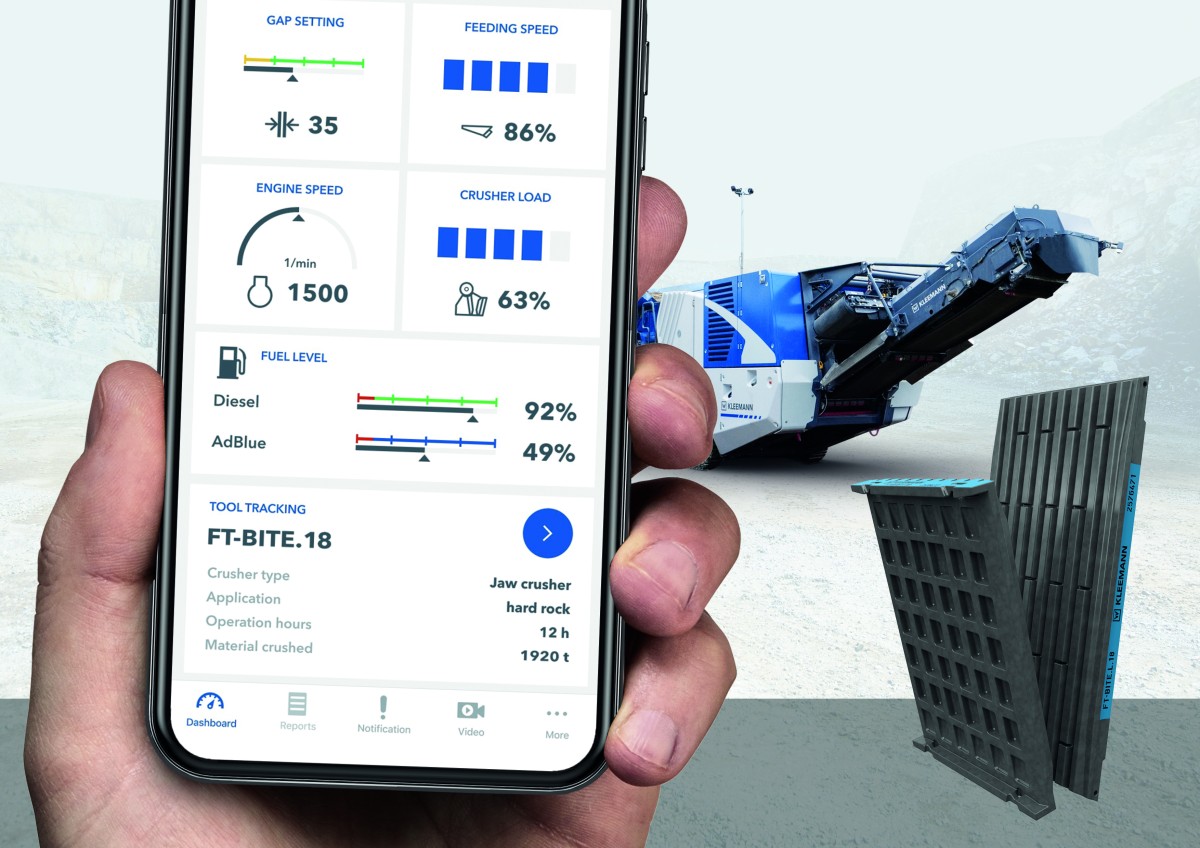
International
16/04/2024
Kleemann's SPECTIVE CONNECT: now new with Tool Management
The intuitive SPECTIVE operating concept makes a significant...













